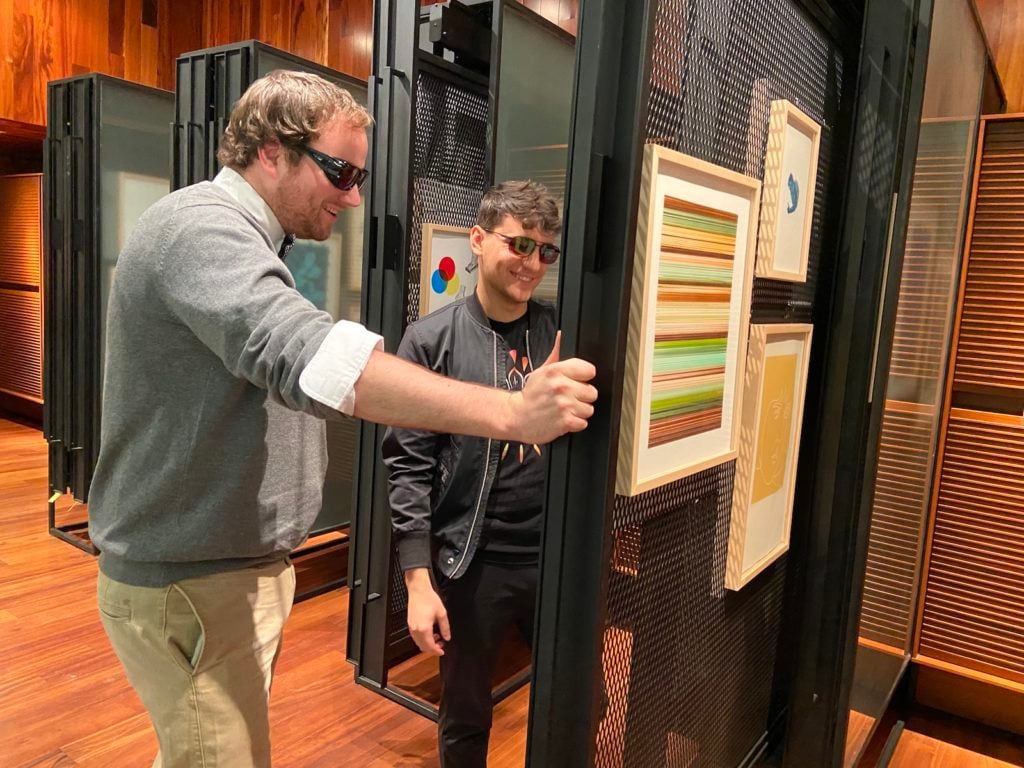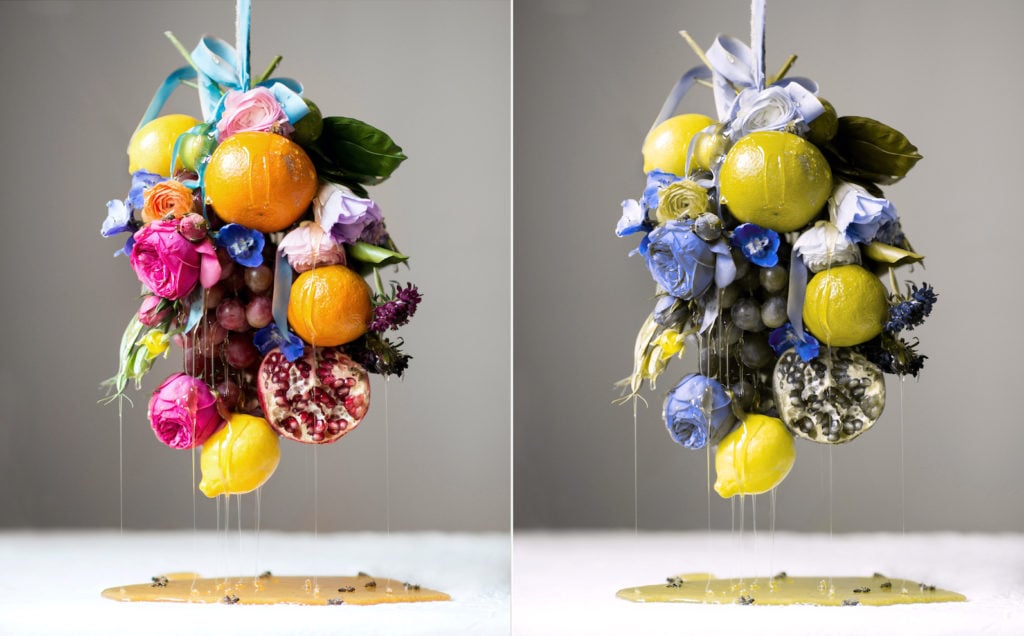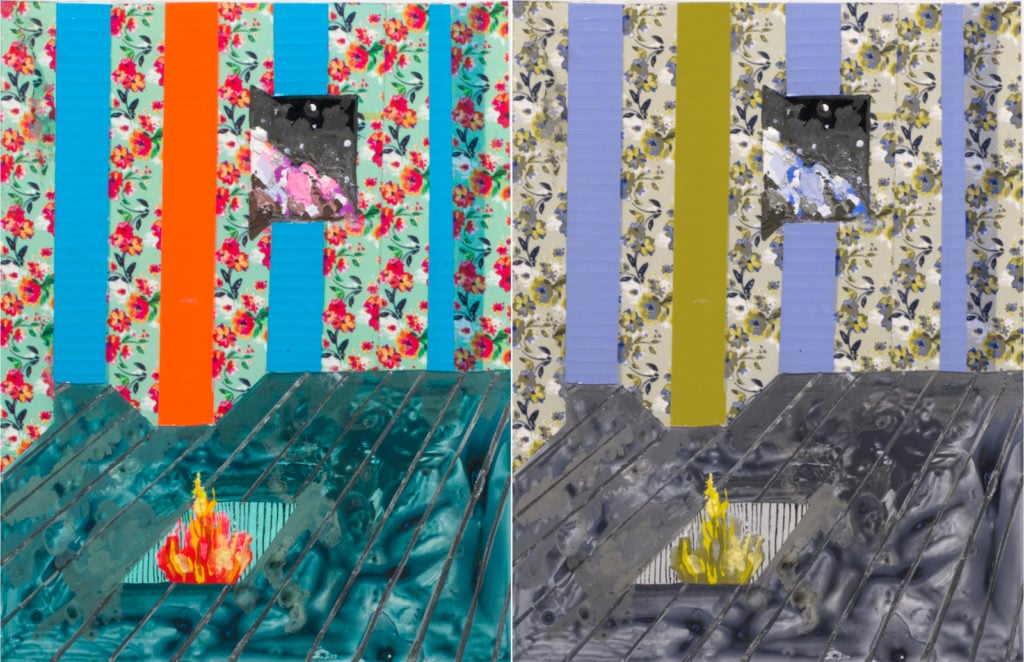Art World
Colorblind Museum Visitors Can Now Use High-Tech Glasses to Experience Art as They Never Have Before
The eyewear, made by EnChroma, is steadily finding a home at institutions, including the Museum of Contemporary Art Denver.

The eyewear, made by EnChroma, is steadily finding a home at institutions, including the Museum of Contemporary Art Denver.

For years, activists have lobbied for greater accessibility to museums, including improved accommodations for those who use wheelchairs. Visitors have brought suit against museums from Florida to California for violating the 1990 Americans with Disabilities Act (ADA), while in the private sector, dozens of New York galleries have been hit with a lawsuit claiming that their websites are not equally accessible to the blind or visually impaired.
Now several museums, with the help of Berkeley, California company EnChroma, are working to accommodate the colorblind—a group that is not itself included in the ADA—by providing specialty eyewear that allows them to see a broader range of hues. Optical filters in the glasses “remove wavelengths of light where the red and green cones have an excessive overlap” in color-deficient people’s eyes, as EnChroma explains it, so that those with red-green colorblindness can perceive new levels of color.
EnChroma makes the glasses available at reduced prices to museums, science centers, libraries, and school systems. Various models list at between $250 and $450; the company provided the glasses to the MCA Denver at no cost.
Several art museums around the world have participated in the program, including the Georgia O’Keeffe Museum, in Santa Fe; the Nelson-Atkins Museum of Art, in Kansas City, Missouri; the Crystal Bridges Museum of American Art, in Arkansas; the Museum of Contemporary Art Chicago; and Centraal Museum in Utrecht, the Netherlands.

Normal color vision, left, and color blind view, right, of Blue Ribbon Fruit, by Kristen Hatgi Sink, Museum of Contemporary Art, Denver. Color blind conversion courtesy of EnChroma, Inc.
This week, the Museum of Contemporary Art Denver became the latest institution to provide the eyewear to visitors. The MCA is offering four pairs; at the inaugural event this week, three colorblind museum staffers and a colorblind museum visitor tried them on.
“One of our colleagues here was visiting the Georgia O’Keeffe Museum, and she and her husband saw that there was a partnership,” said Nora Burnett Abrams, MCA’s director, in a phone conversation on Wednesday. “Knowing that we had a couple of people on staff who experience colorblindness, this was kind of a no-brainer.” Asked how she knew about her colleagues’ colorblindness, Abrams said that given the museum’s “intimate” offices, “we know a lot about each other.”

Normal color vision, left, and color blind view, right, of Fire, by Suchitra Mattai, Museum of Contemporary Art Denver. Color blind conversion courtesy of EnChroma, Inc.
So, what was it like to watch art lovers experience a whole new dimension of color?
“To see them see the world anew, it’s not a commonplace experience to have,” said Abrams. “Everyone put their glasses on at the same time and there was silence, and I thought, Are they not working? In fact, they didn’t have a vocabulary yet to talk about red and green. There was no foundation from which to express what they were experiencing, just stunned facial expressions. Then they started to say ‘Wow!’ To bear witness to that is not something we get to do all the time. I feel very proud.”
Some 350 million people around the world live with color-deficient vision, says EnChroma—one in twelve men, or 8%, and one in two hundred women, or just .5%. Inventor Don McPherson discovered the glasses’ capabilities by accident in 2002. He was testing eyewear he invented to protect the eyes of surgeons during laser optical surgery, and wore a pair to an Ultimate Frisbee game. A colorblind teammate tried them on, and, looking toward the orange cones marking the boundaries of the field, cried out, with a highly apposite choice of words, “Dude! I can see the cones!”
Abrams said that it’s rare for a contemporary museum to end up on the local news, but when people in the area heard about the glasses, they showed up early.
“Our first visitors at the door this morning had seen the news,” she said. “A gentleman brought his father, who is in his late seventies, and he had never experienced the full color palette before. He was in tears.”